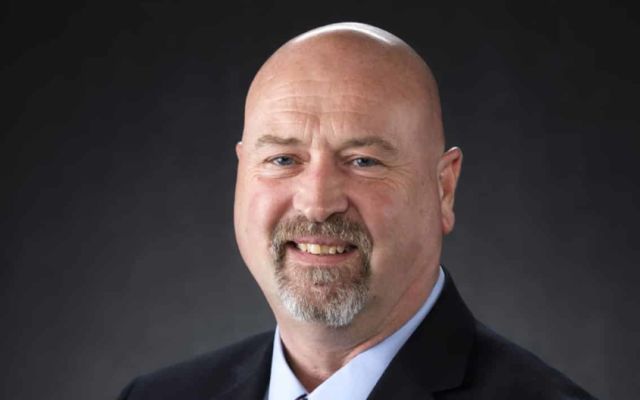
Christopher VanOrman
The above personal links are controlled by the individual and are not any form of representation of statement by Hillsdale College. They are provided as a convenience and views expressed on the sites may not reflect the views or opinions of the College.
Staff Information
Additional Staff Information for Christopher VanOrman
Education
Ph.D., Inorganic Chemistry, 1992, Case Western Reserve University, Cleveland, Ohio
Thesis Title: “Dicopper(II) Complexes of Several New Binucleating Ligands”
B.A., Chemistry, 1987, Albion College
Awards
Emily Daugherty Award for Teaching Excellence, Hillsdale College, 2009. Hillsdale College Professor of the Year 1996, 2002.
Presented with a National Chemistry Week Phoenix Award for the “Most Involvement with Student Affiliates” at the 208th National American Chemical Society Meeting in Washington DC, 1994.
Case Western Reserve University, Excellence in Graduate Student Teaching Award, 1988.
Member of American Chemical Society, Sigma Zeta (Science honorary), Sigma Pi Sigma (Physics honorary) and Midwestern Association of Chemistry Teachers in Liberal Arts Colleges (MACTLAC).
Publications
Dicopper(II) Complexes with Flexible Binucleating Ligands “Containing Two Tridentate Coordination Sites”
C. A. VanOrman, K. V. Reddy, L. M. Sayre, and F. L. Urbach, Polyhedron, 20 (2001), 541 – 549.
“A New Dicopper(II) complex of a Binucleating Ligand”
Mike Arlen, Jason Lenzo, Christopher VanOrman, 1997 Great Lakes College Chemistry Conference, April 5, 1997, Lansing, MI.
“The Synthesis and Characterization of [Cu2B66(µ-OH)](ClO4)2, a Novel Binucleating Ligand”
Mike Arlen, Christopher VanOrman, National Sigma Zeta Conference, March 20-22, 1997, Canton, OH.
Biography
I love being outdoors, especially on a golf course in the early morning. There is a peaceful feeling being on the course as the sun is rising. A good score is a bonus in my mind. I also enjoy riding my Harley Davidson Heritage Softail Classic motorcycle with my friends. I am an avid sports fan and especially enjoy watching the Hillsdale College Charger football team on Saturdays and rooting for my Chicago Bears on Sundays.
Studying a subject that works to explain the physical world and some of these activities I enjoy was a natural fit for me. I fell in love with chemistry in high school. It just clicked with me. I was always an inquisitive person and wanted to know how everything worked. The more I studied chemistry, the more excited I became about it.
Since 1992, I have gotten up each day and been excited to teach these students. Being a scientist, of course I think that science is important for everyone to know, but I firmly believe that Hillsdale’s entire core curriculum is necessary to shape our students and allow them to succeed in society.
Many students avoid chemistry classes due to fear or ignorance of the real purpose of studying chemistry. In my opinion, there is a definite need to reestablish a positive image of chemistry, and the one-on-one interaction at a liberal arts institution makes this possible.
If a student is having trouble comprehending the concepts, they are encouraged to come to my office for help. I actually have a large candy jar in my office just to help facilitate this. My classroom teaching style is similar. I encourage students to stop me and ask questions whenever they feel the need. This type of teaching style is very interactive. I am constantly asking the students questions to help keep their attention. Demonstrations reinforce the lecture and give students easy ways to remember difficult concepts.
I am also a big believer in the undergraduate research requirement for science majors. It is usually a student’s first exposure to research laboratory work. One of the purposes of doing research is to show students the real life failures and successes of research. Showing them how to design, perform, and analyze the results of an experiment allows them to experience the scientific process first-hand. Giving them the chance to think independently but still provide guidance prepares them for their futures. Learning the thought processes and logical thinking that are involved in research provides them with necessary tools for their future studies. We work one-on-one with them to help mold them into the next generation of scientists.